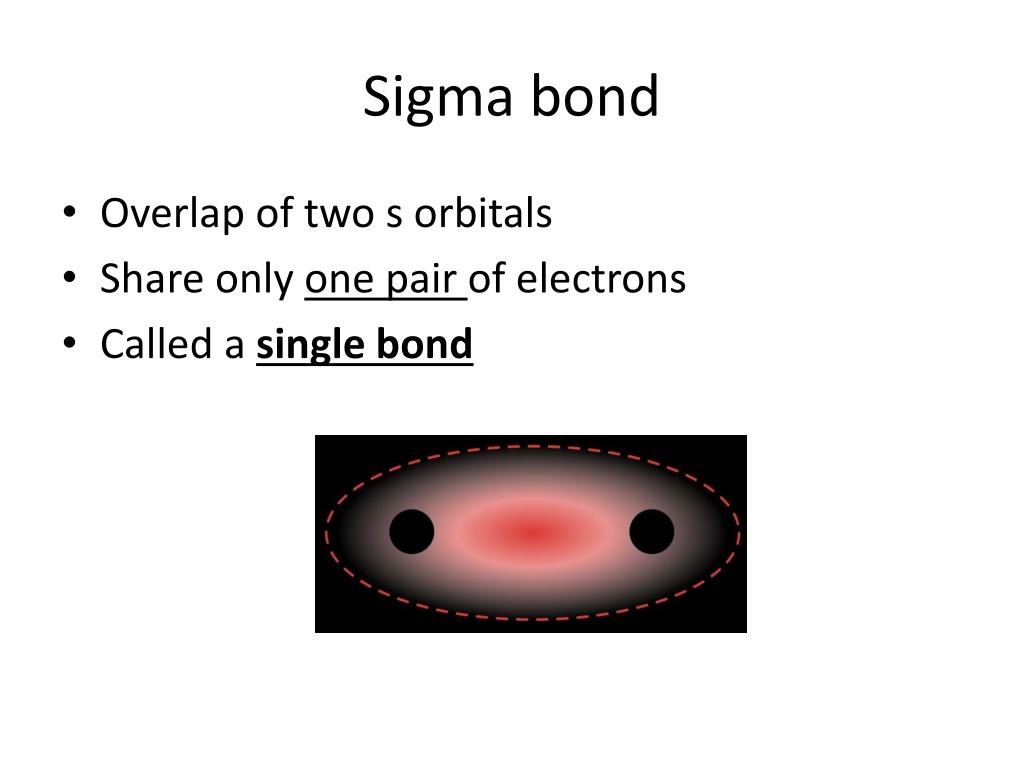

The overlap of the 1s orbital of the hydrogen atom and the 2p orbital of the fluorine atom makes the covalent bond in an HF molecule which is explained by the valence bond theory.One of its most important applications is the variation in the length and strength of chemical bonds in H 2 and F 2 molecules can be explained by the difference in their overlapping orbitals.The maximum overlap conditions which is given by the valence bond theory can explain the formation of covalent bonds in many compounds.Types of Hybrid Orbitals: Applications of Valence Bond Theory The pi bond is formed by the overlapping of atomic orbitals sideways, whereas the sigma bond is created by the overlapping of atomic orbitals along the axis of the nucleus. There are two types of covalent bonds based on the overlapping pattern: sigma bonds and pi bonds.The region of overlapping atomic orbitals is also parallel to such a bond. A covalent bond has a specific direction.As per the valence bond theory, the paired electrons in the valence shell cannot participate in such bond formation. More than one bond can be created if the atomic orbitals contain more than one unpaired electron.The molecule thus gains the property of stability. The electron density between two linked atoms increases due to the overlapping. The overlapping of two half-filled valence orbitals of two different atoms forms the covalent bond.Since C has no lone pairs in its valence shell and each double bond acts as a fat bond pair, we conclude that the two O atoms are separated by 180° and that the molecule is linear.The Valence Shell Electron Pair Repulsion Theory abbreviated as VSEPR theory is based on the premise that there is a repulsion between the pairs of valence electrons in all atoms, and the atoms will always tend to arrange themselves in a manner in which this electron pair repulsion is minimalized. Since the “fat” lone pair would act to reduce this angle while the “fat” double bond would tend to increase it, it is impossible to predict at this level of argument whether the angle will be slightly larger or smaller than 120°.ī) The Lewis structure of CO 2 was considered in the previous chapter and found to be

Since N has two bonds and one lone pair, the molecule must be angular. There are two lone pairs on the oxygen, three lone pairs on the chlorine, and one lone pair on the nitrogen. The complete lewis diagram shows central "N" sharing two pairs of electrons with one "O" and one pairs of electrons with "C" "L". Since N has a valence of 3, O a valence of 2, and Cl is monovalent, a probable structure for NOCl is Experimentally it is found to have the value of 117°.Ī) We must first construct a skeleton structure and then a Lewis diagram. Also, because of the “fatness” of the double bond, squeezing the C-H bond pairs together, we expect the H―C―H angle to be slightly less than 120°. Since no lone pairs are present on C, the two H’s and the O should be arranged trigonally, with all four atoms in the same plane. Another example is formaldehyde, CH 2O, whose Lewis structure isĪ central C double bonded to "O" and single bonded to two "H". Treating the triple bond as if it were a single “fat” electron pair, we predict a linear molecule with an H―C―H angle of 180°. For the same reason the three electron pairs in a triple bond behave as an “extra-fat” bond.Īs an example of the multiple-bond rules, consider hydrogen cyanide, HCN. They will, however, be somewhat “fatter” than a single electron-pair bond. Therefore, for purposes of predicting molecular geometry, the two electron pairs in a double bond behave as one. Despite the fact that the two electron pairs repel each other, they must remain between the nuclei, and so they cannot avoid each other. In a double bond, two electron pairs are shared between a pair of atomic nuclei. \)īalloons, Hybrid Orbitals and Multiple Bonds


 0 kommentar(er)
0 kommentar(er)
